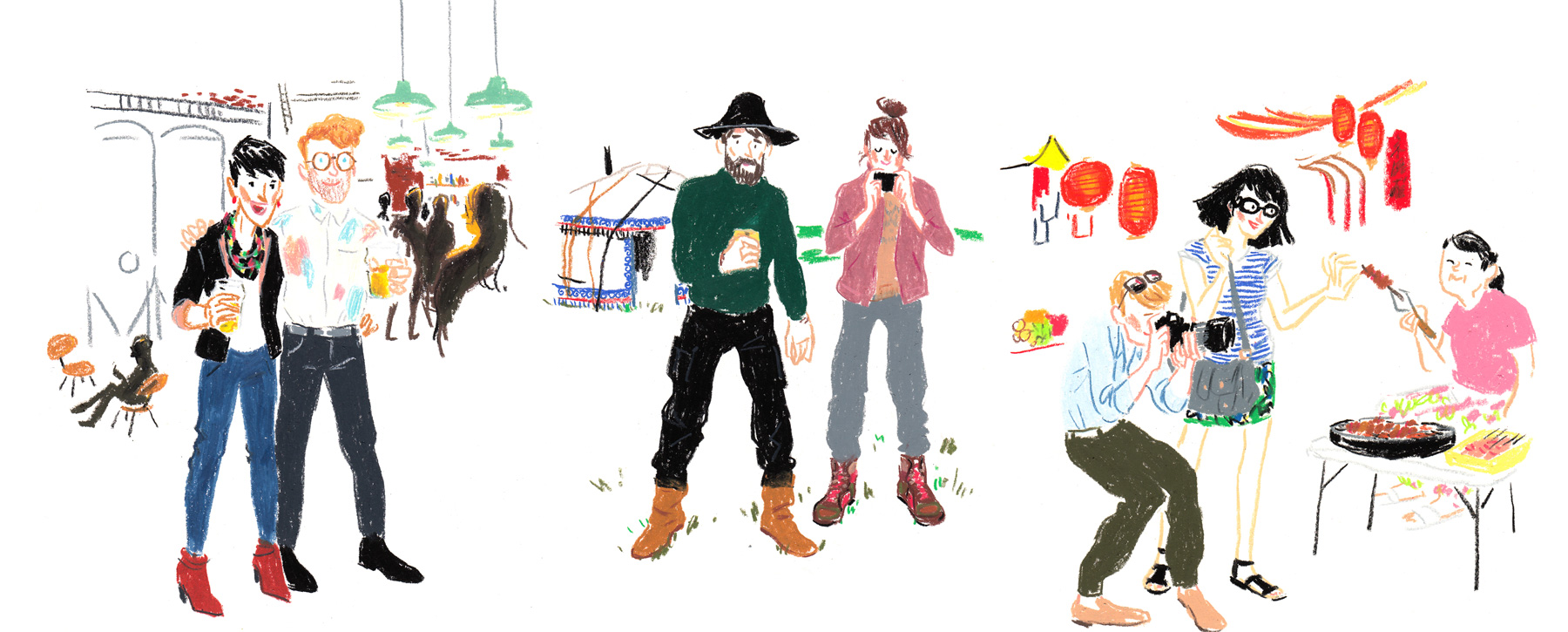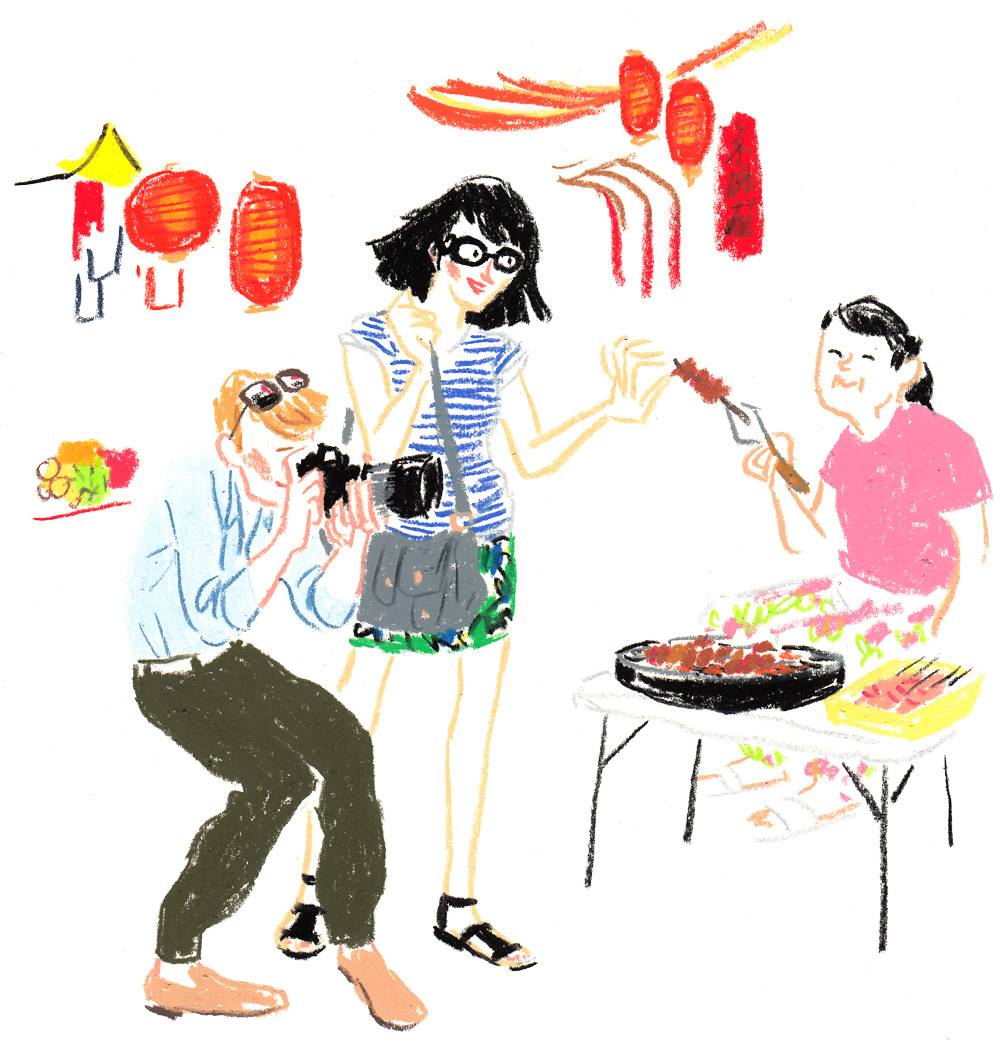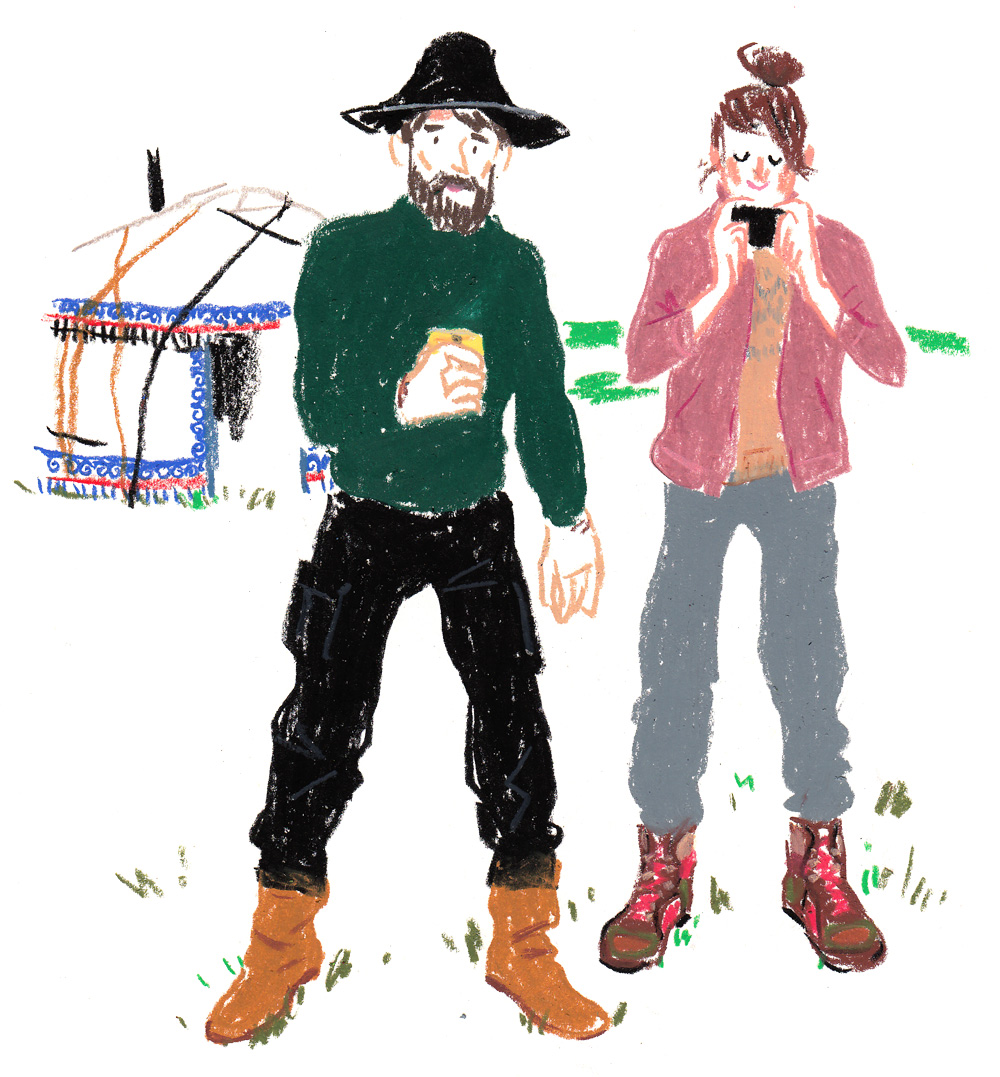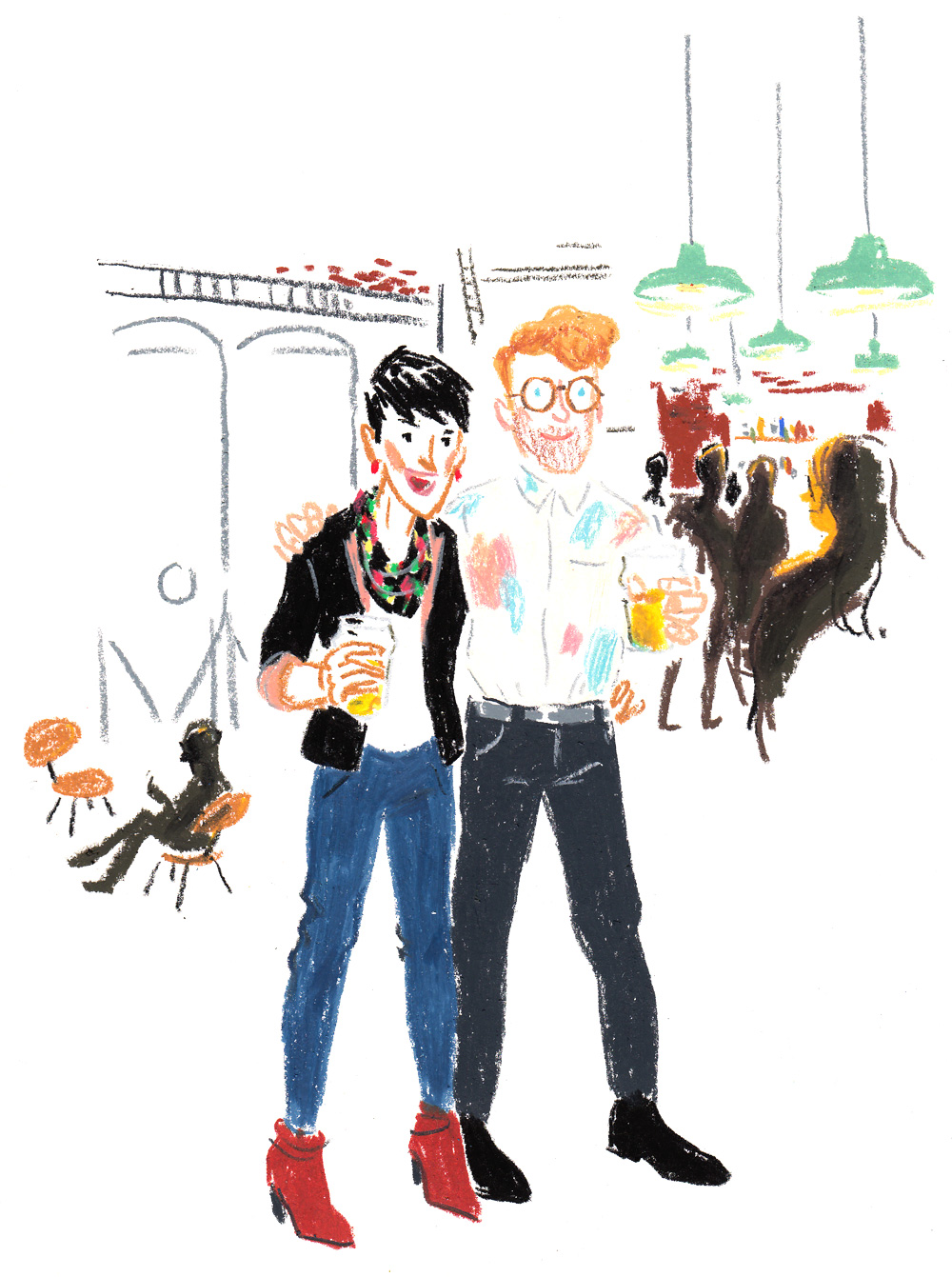
There was a time when travel either involved a lengthy excursion to a far-off place or an inclusive package holiday closer to home. It was a time to get away from the office, recharge the batteries and, if you were lucky, to leave the kids at home.
But travel isn’t so simple now, largely thanks to a new type of traveller: the millennial. Born between the early eighties and the late nineties, millennials now comprise the biggest generational group of travellers in the world. According to an estimate by the United Nations World Tourism Organisation (UNWTO), in 2012 the youth travel market amounted to $182bn – larger than the GDP of New Zealand – and it’s set to rise.
The UNWTO expects youth tourism trips to increase from around 200m per year at present to 300m by 2020. Within five to 10 years, according to the Boston Consulting Group, millennials will dominate the travel market as they reach their peak years for spending, earning and travelling. In 2013, millennials took 35% of all business flights, and by 2025 the figure will rise to 54%. They will account for the largest segment of the market for years after that.
These millennials are not just globetrotting in hoards, but are doing it differently – their nomadic agenda makes travel a normal way of life and they are redefining what it means to be away from home. As Marti Grimminck, founder of the travel consultancy International Connector, says: “The millennial generation is not like any youth generation before. They are unique, and they are disrupting travel.” Traveller Tribe 1: Nomads

As phones, laptops and utilities such as the Cloud become more accessible, an increasing number of jobs no longer require a fixed workplace. This means people don’t have to choose between their work and their travels any more. Now they can do both. Nomad travellers are most likely to be freelancers wishing to expand the geographical range of their portfolio and who value the freedom that mobile culture brings.
Working in a creative field, their travels are a constant source of inspiration and a way of generating ideas – often an avenue to more work. They see the chance to travel while working not as a convenient perk but fundamental to their careers. The contacts they make, the experiences they have and the languages they learn all help them build a stronger, more competitive CV.
To maintain this lifestyle they are dependent on the internet to keep them connected to potential employers and collaborators. Internet cafés, hotel/ hostel lobbies and other sources of free Wi-Fi are their office. They use Nomad List, a directory ranking international cities in terms of how affordable they are to live in and work in. To make sure they never lose touch, even when out and about in unfamiliar places, they use apps like Wi-Fi Finder and Personal Hotspot to stay connected, and services such as Dropbox to help them stay on top of projects.
In the physical realm, local rental and storage services mean they can remain largely asset free, needing not much more than a laptop, a phone and maybe a change of socks. Traveller Tribe 2: Explorers

They live busy urban lives, however they are keen to try new things when they travel. Taking cues from off-the-beat travel publications like Yonder Journal, This Place Journal and even mainstream sources such as The New York Times’ annual 31 Places To Go list, they’re inspired to seek out wildly different cultures and experiences. Perhaps they’ll visit a little-known mountain village in East Asia or take a road trip through coastal fishing villages in Greece. Either way, it’s important for them to be in control of their own itinerary. Despite being aware that they’re outsiders, they don’t want a pre-packaged, stereotypical tourist experience because they feel that this would undermine their chances of genuinely experiencing a new culture.
Although they’re very open to spontaneity and adventure, they don’t go in blind. Prior to travelling they’ll do extensive research into activities and things to see on their holiday. This will involve reading guides and websites, and considering recommendations from travel writers and friends. Sites like Atlas Obscura and apps like Jetpac allow them to find the paths less travelled and help them to gain a better understanding of the places they’re visiting –being knowledgeable about their travels is important to them. After all they value being the first in their social circle to go to a particular location and will be keen to document the experience on social media, particularly Instagram. They don’t want a pre-packaged tourist experience; this would undermine their chances of experiencing a new culture Traveller Tribe 3: Escapists

Life to the one they live at home, perhaps even more so than Explorers. Coming from high-stress, fast-paced cities, all they want is the chance to switch off from everything. They follow the likes of the Wilderness Collective and Jungles in Paris, unconventional holiday companies and documentary makers who adventure to rarely travelled places and record their experiences. They choose remote locations, perhaps camping among the Californian redwoods or renting a quiet lodge on a tiny island off the coast of Tahiti. Here, they are finally out of reach of pestering e-mails, texts and all the other digital trappings of modern life. To ensure they remain undisturbed, they may even leave their phones at home.
Because living in a city is such a huge part of their regular lives, they use this time away to ‘get back to nature’. Brands that share their values of function over ostentatious design are popular. Labels like Poler, Furni Creations and Best Made are favoured for their high-quality, hard-wearing materials as much as for their minimal, classic design.
Escapists seek out activities that would be impossible in an urban environment, such as mountain walking, wild fishing and camping. They embrace the challenge of being far outside of their comfort zone and the survivalist skills this requires appeals to them. Having to catch their own food, build shelters and be almost entirely self-sufficient is exciting because these requirements are in stark contrast to the humdrum of their lives back home. Traveller Tribe 4: Cosmopolitans

Like Explorers, they live, work and socialise in the hippest parts of the world’s major cities, but unlike Explorers, little changes when they travel. Whether it’s Chinatown in New York, Dalston in London or Pigalle in Paris, it’s important for them to be in the centre of culturally exciting places. Local trendy bars – such as Kinfolk in New York and Night Elm in London, and hotly tipped food spots such as Bones in Paris or Bestia in LA, are popular due to their style-conscious design, focus on authenticity and because they take a diverse and collaborative approach to creative endeavours. These are the kinds of venues Cosmopolitans visit at home, and when on holiday they frequent the local equivalents.
They’re well travelled, which is largely why their friendship circle crosses so many borders. When they travel, they usually go where they know someone. In fact, visiting their less-local friends is the primary reason they go abroad. They’ll catch up with friends who live in an almost culturally identical urban spot, and when they’re there, they’ll do a lot of what they do back home: eat and drink at locally credible, creatively interesting restaurants and bars, with their friends acting as highly informed, local cultural guides. They don’t want to be seen as tourists and feel that their global network of friends means they are part of a transcontinental social circle, rather than interlopers in a foreign country. Essentially, their priority is maintaining the lifestyle they practise at home, but in a whole new time zone.


